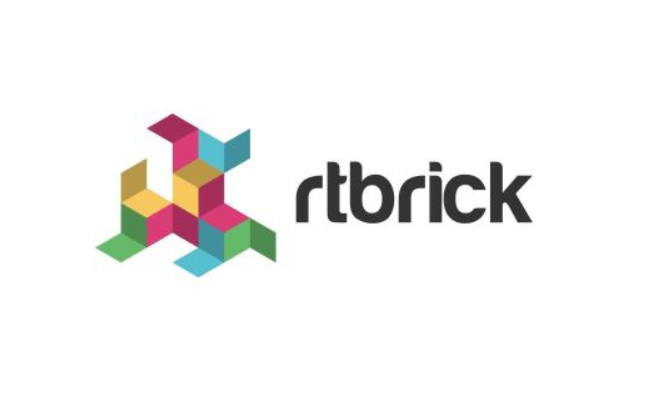Survey: Networks won’t handle future bandwidth growth
August 21, 2025

RtBrick has released its State of Disaggregation report, examining the current state of networks globally and telecom operators’ efforts to address surging customer demands.
The survey revealed operators are at risk of being overwhelmed by the demands of streaming bandwidth in the next five years. The industry recognises it needs to adopt next-generation disaggregated networks to survive, but struggles to take action.
Top findings from the survey reveal core components that are hindering operators’ progress, including:
- Organisations require more support from leadership to deploy disaggregation (93 per cent)
- Complexity around operational transformation (42 per cent), such as redesigning architectures and workflows
- Critical shortage of specialist skills/staff (38 per cent) to manage disaggregated systems
Rising demand collides with outdated infrastructure
The survey finds that almost nine in ten operators (87 per cent) expect customers to demand higher broadband speeds by 2030, while roughly the same (79 per cent) state their customers expect costs to increase, suggesting they will pay more for it. Yet half of all leaders (49 per cent) admit they lack complete confidence in delivering services at a viable cost. Eighty-four per cent say customer expectations for faster, cheaper broadband are already outpacing their networks, while 81 per cent concede their current architectures are not well-suited to handling the future increases in bandwidth demand, suggesting they may struggle with the next wave of AI and streaming traffic.
“Senior leaders, engineers, and support staff inside operators have made their feelings clear: the bottleneck isn’t capacity or budget, it’s decision-making,” said Pravin S Bhandarkar, CEO and Founder of RtBrick. “Disaggregated networks are no longer an experiment. They’re the foundation for the agility, scalability, and transparency operators need to thrive in an AI-driven, streaming-heavy future.”
Disaggregation: from ambition to execution
Intent, however, is not the problem. The industry’s appetite to modernize is overwhelming: 91 per cent are willing to invest in disaggregation, and 94 per cent plan to deploy within five years, with 90% saying their organization needs to focus efforts on deploying disaggregation sooner than currently planned.
However, execution continues to trail ambition. Only one in twenty leaders has confirmed they’re “in deployment” today, while 49 per cent remain stuck in early-stage “exploration”, and 38 per cent are still “in planning”. Meanwhile, big-name operators such as AT&T, Deutsche Telekom, and Comcast are charging ahead and already actively deploying disaggregation at scale, demonstrating faster rollouts, greater operational control, and true vendor flexibility.
AI intensifies the urgency
Nearly every leader surveyed also claims their organisation is “using” or “planning to use” AI in network operations, including for planning, optimisation, and fault resolution. However, nine in ten (93 per cent) say they cannot unlock AI’s full value without richer, real-time network data. This requires more open, modular, software-driven architecture, enabled by network disaggregation.
“Telco leaders see AI as a powerful asset that can enhance network performance,” said Zara Squarey, Research Manager at Vanson Bourne. “However, the data shows that without support from leadership, specialised expertise, and modern architectures that open up real-time data, disaggregation deployments may risk further delays.”
What operators want from disaggregation
When asked what benefits they expect disaggregation to deliver, operators focused on outcomes that could deliver the following benefits:
- 54 per cent increased operational automation
- 54 per cent enhanced supply chain resilience
- 51 per cent improved energy efficiency
- 48 per cent lower purchase and operational costs
- 33 per cent reduced vendor lock-in
Transformation priorities align with those goals, with automation and agility (57 per cent) ranked first, followed by vendor flexibility (55 per cent), supply chain security (51 per cent), cost efficiency (46 per cent) and energy usage and sustainability (47 per cent).
